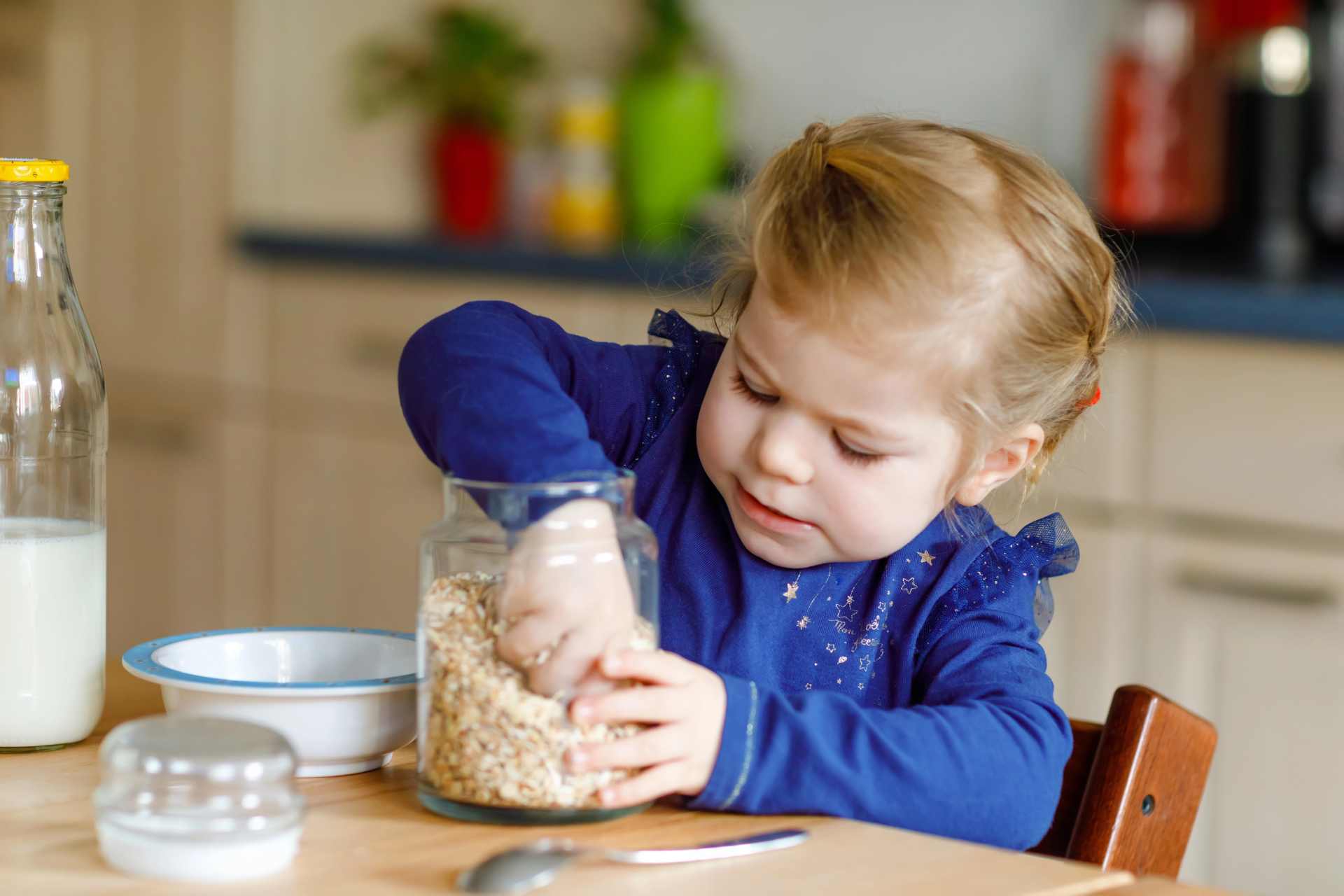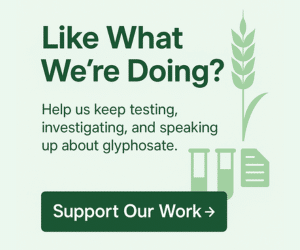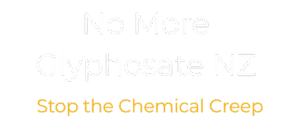We’ve tested honey.
We’ve tested Weet-Bix.
And now we’ve tested seven popular breakfast cereals.
None of it would have been possible without community crowdfunding. Thank you!
Each test has revealed something different — but the pattern is clear: glyphosate keeps showing up where it doesn’t belong.
This isn’t about scare tactics. It’s about truth, transparency, and asking better questions about what we’re being fed.
First, We Tested Honey
Our first round of testing focused on New Zealand honey — a product often held up as pure, natural, and uniquely Kiwi. We tested six retail honey samples and found that three contained detectable glyphosate residues, ranging from 0.014 to 0.045 mg/kg.
That’s well below New Zealand’s current MRL (Maximum Residue Limit) for honey — but Japan’s limit is just 0.01 mg/kg, and three of our samples exceeded it.
In a country that prides itself on exporting clean, high-value food, that matters.
Then We Tested Weet-Bix
Next, we submitted four varieties of Weet-Bix for analysis by Hill Laboratories. Most of the samples came back clear. But one — the Multi-Grain variety made in Australia — tested positive for glyphosate at 0.56 mg/kg.
That’s over five times New Zealand’s current legal limit (0.1 mg/kg) for glyphosate in wheat-based products. It also raised a much bigger question: How was this even allowed to be sold here?
The answer lies in a legal loophole called the Trans-Tasman Mutual Recognition Agreement — which means food legally sold in Australia can also be sold in New Zealand, even if it wouldn’t meet our own local residue limits.
Read the full Weet-Bix results →
Most Recently, We Tested Seven Breakfast Cereals
Our latest round of testing focused on well-known cereals — the kind you’ll find in most New Zealand pantries. We submitted seven products for independent laboratory analysis, looking for traces of glyphosate.
Here’s what we found:
| Cereal | Glyphosate Level |
|---|---|
| Kellogg’s Special K | 0.0094 mg/kg (9.4 ppb) |
| Woolworths Wheat Biscuits | 0.0082 mg/kg (8.2 ppb) |
| Kellogg’s All Bran Flakes | 0.0079 mg/kg (7.9 ppb) |
| Pams Corn Flakes | 0.0063 mg/kg (6.3 ppb) |
| Uncle Tobys Milk Oaties | 0.0055 mg/kg (5.5 ppb) |
| Kellogg’s Just Right | <0.0040 mg/kg (<4.0 ppb) |
| Kellogg’s Nutri-Grain | <0.0040 mg/kg (<4.0 ppb) |
None of the cereals exceeded the official Maximum Residue Limits (MRLs) — but five out of seven still contained measurable glyphosate. All producers were contacted and given the opportunity to respond. Their comments, or lack thereof, are included below.
Importantly, these results were made possible because we used more sensitive trace-level testing than in our earlier Weet-Bix testing. It’s a reminder that when it comes to chemical residues, “not detected” doesn’t always mean “not there.”
These findings are part of our broader effort to independently test New Zealand’s food supply — one product at a time.
Next, We’re Testing Bread
Bread is one of the most widely consumed foods in New Zealand — and one of the most likely to contain glyphosate due to pre-harvest spraying on wheat.
Our next round of testing will focus on five popular sandwich breads. We’ll be testing products made by both major brands and supermarket house labels.
We’re not trying to single anyone out. We’re asking a bigger question:
Why is there glyphosate in food at all?
And why do we, the public, have to pay out of pocket to find out?
Learn more about the bread testing project →
Manufacturer Feedback
We shared these findings with each of the product manufacturers and offered them an opportunity to respond prior to publication. The deadline was midday today (23 July 2025).
All producers acknowledged receipt of our correspondence, in their own way.
Only one — Kellogg’s — chose to respond with a formal comment.
Thank you for reaching out and sharing the result of your test. Please see our statement to include in your report below:
“At Kellanova, we prioritise safe and sustainable farming and food production. We partner with our local farmers and suppliers to promote sustainable farming practices that help to improve soil health and reduce the use of fertilisers and pesticides.
In New Zealand and Australia, glyphosate use is strictly regulated and residue levels in food are monitored to ensure they remain below safe limits as determined by Food Standards Australia and New Zealand.
As outlined in No Glyphosate NZ’s report any residual levels detected in Kellogg’s® cereals are well below the regulated limits in both New Zealand and Australia and, according to Food Standards Australia and NZ, pose no safety concerns for consumers.”
Final Thought
We’re not here to create fear. We’re here to uncover the truth.
Every test we’ve run so far — honey, cereal, Weet-Bix — has shown the same thing: glyphosate residues are showing up in our food supply, even when they stay below official limits.
These results also serve another purpose: they give us a benchmark. A clear picture of where things stand before the proposed 9900% increase in allowable glyphosate levels — so we’ll know exactly what changes if that goes ahead.
So what happens next?
What will it look like when the allowable levels go up by 9900% — as proposed by MPI?
Will we still be told there’s nothing to worry about?
That it’s “safe” just because it’s legal?
That low doses don’t matter — even when they keep adding up?
We’re not here to alarm anyone.
We’re here to inform everyone.
And to keep asking the question:
Should glyphosate be in our food at all?
Image Source & Attribution
We’re grateful to the talented photographers and designers whose work enhances our content. The feature image on this page is by romrodinka.




